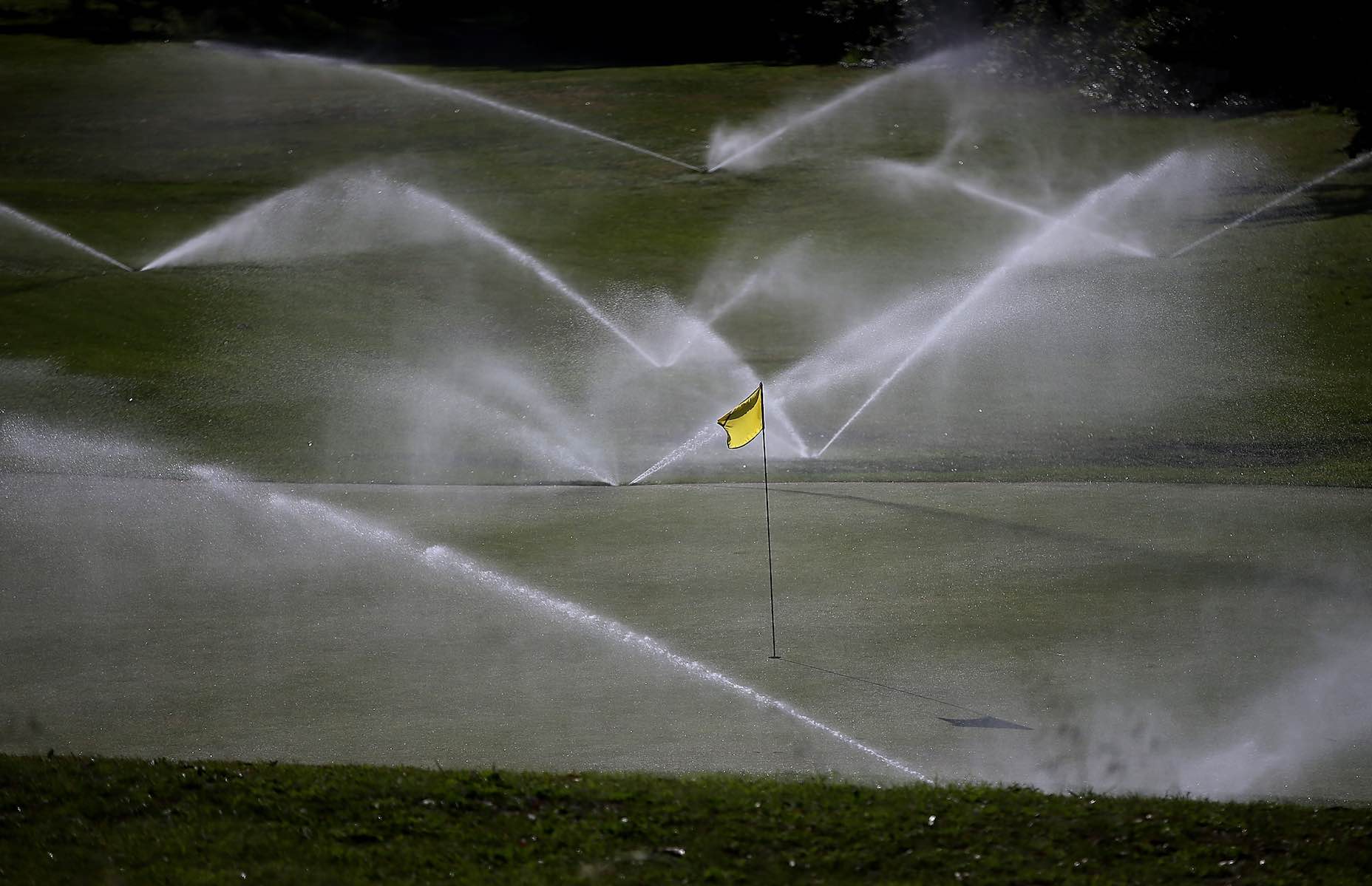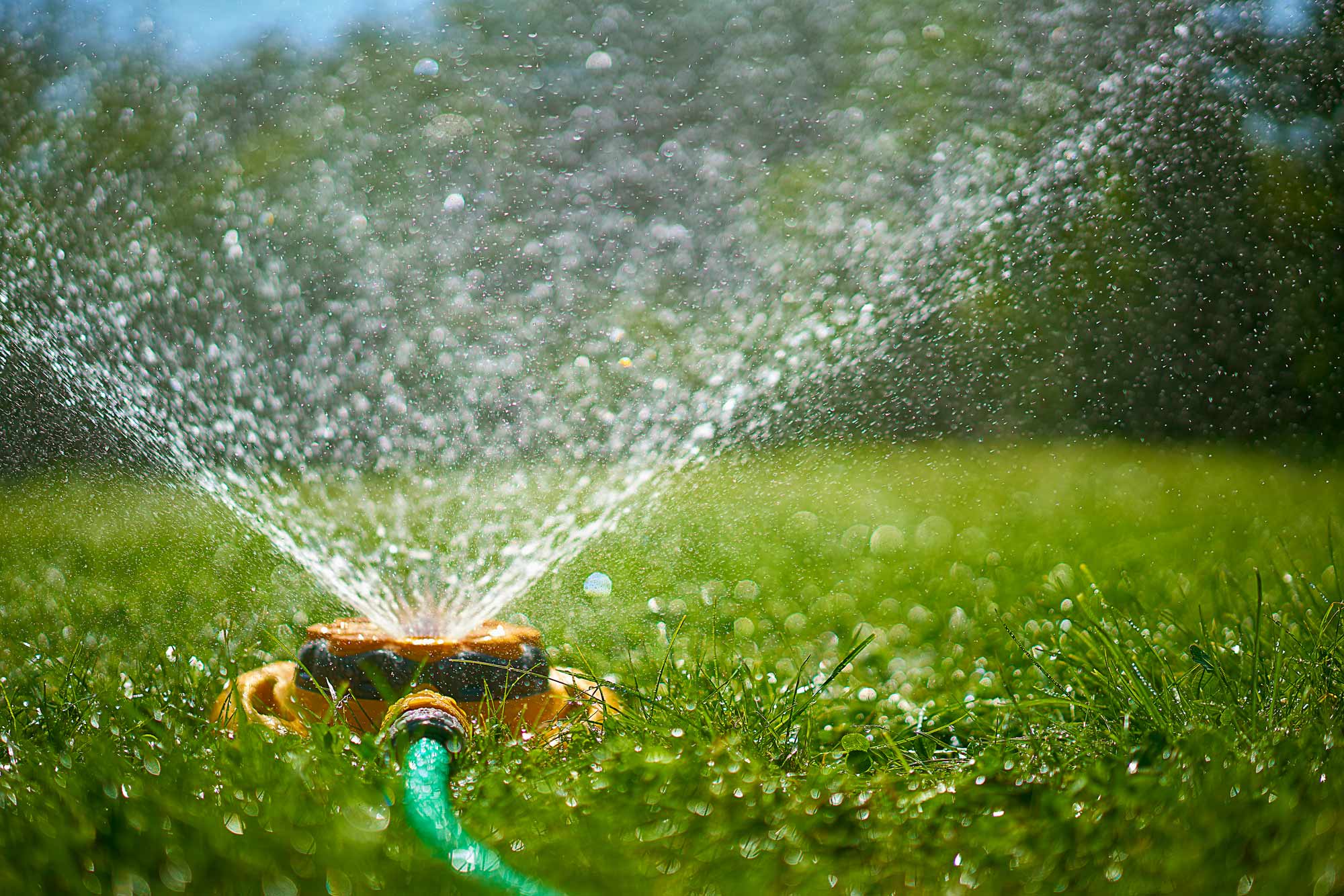Cody Semmelrock is a former mini-tour pro with an MBA in Sustainable Innovation from the University of Vermont. He is also founder of Acer Sustainability, LLC, a sustainable business strategy consultancy firm. This is the first in a series on golf and sustainability.
I’ve had a golf club in my hand since I could walk. The game — and my ability and desire to play it — was central to my identity for years. I competed in high school, in college and even in a short stint on the mini-tours in 2014 and 2015. But in recent years, as I’ve dived into the world of sustainability consulting, I’ve learned to see the game I care so much about through an entirely different lens.
Three lessons reshaped my view of golf right away.
The first? Golf course management is incredibly complex. Sure, I could tell you what club to hit from every nook and cranny of my home course. But playing there (or even working in the shop) is a far cry from making the decisions that determine its success.
That’s related to the second thing I learned, which is that I’m no greenskeeper. There’s a reason effective superintendents are water and soil experts who have earned degrees in turf grass management. They have an intimate understanding of what is required to grow and maintain quality golf courses.
The third thing I learned is that golf courses use a ton of resources, land and water chief among them. But some courses are realizing they can manage those resources more effectively. That’s where I really got intrigued.
This wasn’t something I was going to master overnight, but as I dived further down the rabbit hole, I got more and more eager to bring all of you with me. We might learn a thing or two together. But first, one big question:
Why should you care about sustainability?
In short, because the future of your golf course depends on it. We don’t have to look far to see the sustainability challenges in front of us. And although most of us hit the links as a means to escape (or at the very least press pause on) the challenges of our daily lives, it’s important to think about golf with a critical eye, too.
So what is sustainability, anyway? If you ditch all the jargon, all sustainability really means is the ability of a system or process (or, in this case, a golf course) to continue in perpetuity. Sustainability can sound like an obligation, but it’s more helpful to see it as an chance to help out. It means creating healthier golf courses so they can flourish now and into the future.
So, let’s not think of these sustainability challenges as a burden. Let’s think of them as golf’s opportunity to be a leader. There are some fascinating strategies that are already commonplace among superintendents and golf course operators. Others are far less commonplace, but by thinking outside the box we can solve some problems and explore potential technologies and pathways for improvement.
But let’s start big-picture. Let’s talk about rain.
What does rain mean for golf?
As golfers, we don’t typically jump for joy when a storm interferes with our weekend tee times. Nor do course operators always root for showers — warmer, drier conditions are directly correlated with increased play. A recent study by Golf Datatech suggested that a 0.76% increase in rounds played for every 1 degree increase in temperature and a 2.2% decrease in rounds played for every 1” increase in rainfall.

But rain is nonetheless an integral element of traditional golf course operations. It’s cheap, high-quality water that is provided to the course free of charge.
In some ways this is very simple: golf courses are large, open spaces and when it rains, the grass soaks up the rain and keeps growing. But there’s a lot more going on.
How much water do golf courses use?
Let’s think about the basic equation of a golf course from a superintendent’s perspective. (By way of disclaimer: this is a highly customized equation per course that varies widely based on region, soil type, elevation, desired maintenance quality, etc.) The super has to know how much water the course uses on an annual basis and also where that water comes from. In other words: How much water is coming in and how much water is going out?
For this article’s sake, let’s look at a region requiring significant water usage: The Southwest. A study by the Golf Course Superintendents Association of America found that, throughout the Southwest region in 2013, the water usage for the region was 532,149 acre-feet. (Imagine a pond one acre in area and one foot deep — that’s an acre-foot.) Each acre-foot is 325,851 gallons of water. Simplified, the median water use per course (398.4 acre-feet) was roughly 130 million gallons of water. The majority of that water is creatively sourced, but 17 million gallons was potable drinking water supplied from municipalities.

Let’s slosh that number around in our heads for a minute. 130 million gallons is enough to fill 197 Olympic-sized swimming pools, per the GCSAA. To put that in perspective, the average American uses 17 gallons of water for every shower they take. So extrapolating a bit, a course’s potable water alone is the equivalent of one million people taking a shower. That’s enough for you to shower every day for the next 2,739 years. You get the point. It’s a ton of water.
That bit of water usage data is from 2013, which means it’s not completely up to date, but it does underscore an important point: This is not a brand-new issue. The industry and its stakeholders have known about water usage, the game’s stakeholders have been compiling data and courses are in the process of implementing solutions — which means it’s time to keep pressing forward.
How do golf courses maximize the water they have?
So, there are two ways to reduce the amount of water a course has to provide: Use less water or collect more water. Rain can help with the latter. (We’ll address the former in future articles.)
In order to collect optimal levels of water on a golf course, designers and supers don’t have to look far for successful models — nature itself provides plenty of inspiration. Natural systems require healthy soil, proper drainage and efficient collection. Unhealthy soil that lacks proper root structures of inhabiting vegetation will not exhibit optimal levels of moisture retention. Golf courses are the same way.
Think of rich, healthy soil as a new sponge, soaking up tons of water. These root systems are a course’s first line of defense from stormwater run-off damage and provide more resilience in times of drought. Again, this is all stuff a superintendent knows and works toward in growing healthy turf.
But it’s not enough to merely soak up water; you need proper drainage to go along with that moisture retention. Drainage is critical for courses, not just because it is annoying to take drops from “casual water,” but because over-saturation and flooding can negatively impact the health of the turf you’ll be playing from all throughout the course. Ideal drainage systems will capture excess water and run that water to strategically located collection ponds. It’s nice knowing some of the water hazards where you donate five-dollar golf balls have a greater purpose than stealing strokes from your score.
The concept of irrigation ponds have been utilized for generations and is nothing new to golf course management. What is new, however, is the level of sophistication and complexity that constitutes some of these collection systems. The cost of sourcing water from both an environmental and financial perspective is rising and courses are responding to this with some impressive solutions.
What are some creative solutions for retaining water?
In 2015, Pelican Hill Golf Resort in Newport Coast, Calif., boasted impressive stats from their rainwater-capturing systems and “smart” sprinkler system; their processes save them nearly 50 million gallons of water annually. Their drainage system encourages water flow from buildings, pavement, cart paths and other elements of the course into giant cisterns that have been installed underground and are capable of capturing and storing millions of gallons of runoff water. Since the installation of this infrastructure, they claim that zero stormwater has left the property. This type of water capture should be the absolute gold standard for each and every course.

Other courses around the world are beginning to implement sustainability features within their built environment, like their clubhouse and maintenance buildings, that also contribute to capturing rainwater. Troia Golf in Portugal, one of the featured courses on GEO Foundation’s OnCourse webpage, has installed rainwater capture systems around their clubhouse. Capturing the water from a relatively small footprint like a building when compared to the overall footprint of a golf course may seem like a raindrop in the bucket, but it’s a reminder that every little bit counts in balancing the equation of water use on property.
Captured water doesn’t just have to be used for irrigation, either. Facilities can install treatment technologies like this Ultra Violet water treatment system, which allows water to be utilized for drinking (pending a consult with local public health regulations). Yes, the majority of golf-related water-use issues involve the need for non-potable water, but the more flexibility, the better — and initiatives in the built space like this one can also help facilities earn points within certain certifications like LEED, which will help raise awareness and improve the marketability of the operation.
Then there’s composting. It’s not just a practice for tree-hugging Vermonters any more; this is a super-easy initiative that can be implemented directly on site with any course that offers food and beverage operations.
What does composting have to do with water usage and rainwater harvesting? This practice, when implemented successfully, can take what would be waste (leftover food from a restaurant) and convert it into a rich soil amendment byproduct that can be applied to gardens or — you guessed it! — areas of a golf course in need of healthier soil. Remember, we want healthy soil to be like a sponge, soaking up excess water. Composting can help with that.
Dan Dinelli of Northshore Country Club illustrates in the below YouTube video how his course’s vermicomposting operation works and the benefits that it brings to soil and turfgrass health on the property. Essentially, there are benefits everywhere: The course reduces costs of trucking garbage, replaces costly, more traditional soil amendments and fertilizers and helps retain water in the process, taking a very easy first step in the journey toward sustainable course maintenance practices.
So the next time you see those sprinklers go off at your course — or wonder about a few brown patches on the fairways — you might think about them slightly differently.
We don’t recommend badgering your hard-working superintendent, but the more you know, the better. Maybe your local club would benefit from some creative water-capturing infrastructure. Proactive and long-term investments around water use are essential steps for those in the golf industry to find cost-saving measures, increasing course resiliency and reducing their environmental footprint, securing their future for generations of golfers to come.
Cody Semmelrock is the founder of Acer Sustainability. Feedback? Questions? You can reach him here.










